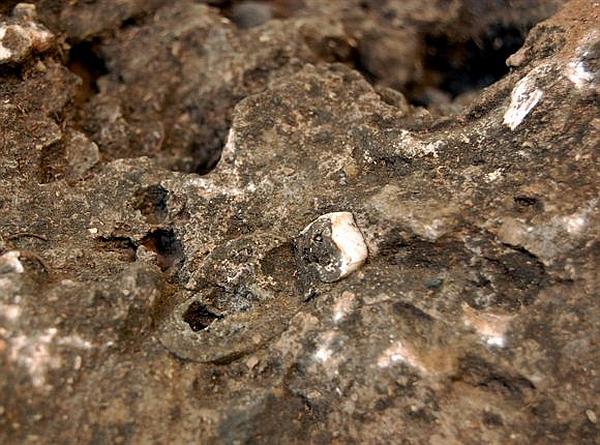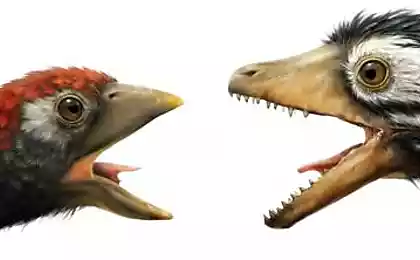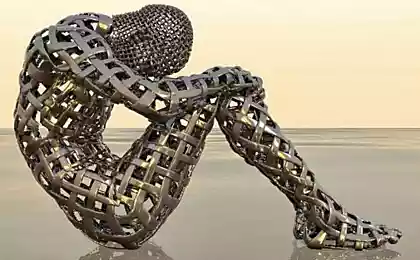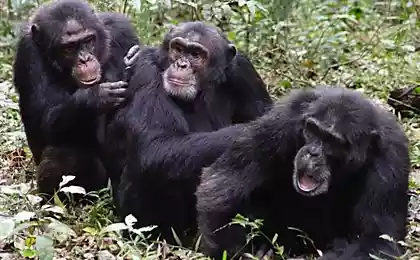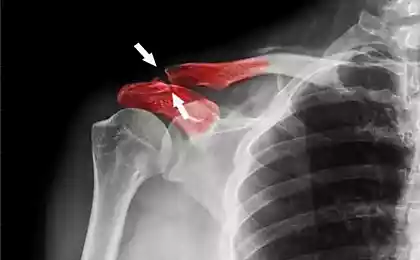897
Suddenly I found another piece of bone of possible human ancestor
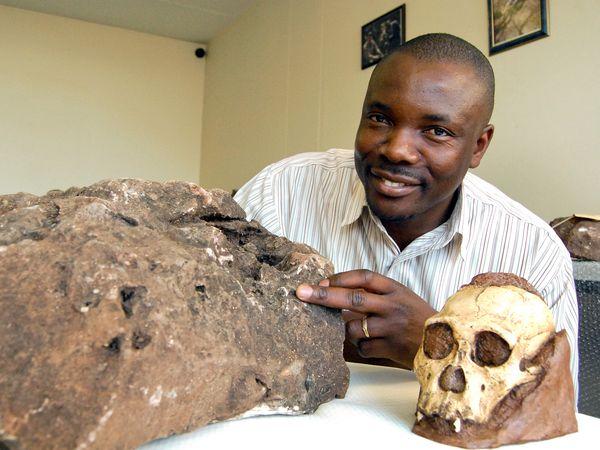
The rock sample that is kept for four years in University of the Witwatersrand (South Africa), suddenly found the remains of an early human ancestor.
Student Justin Mukanku noticed a tooth sticking out of the meter-wide boulders. Computed tomography showed that it is only the tip of the iceberg: inside were part of the jaw, a complete femur, ribs, vertebrae, and possibly hands and feet.
Anthropologist Lee Berger, who led the study, believes that this is the missing part of the "Karabakh" - a partial skeleton of the newly described species named Australopithecus sediba, who lived about two million years ago. If we combine the old with the new, to get one of the most complete hominin specimens, stood at the origins of the human genealogy.
Even if the experts are wrong and discovery is not related to the boy (or in the rock are the remains of two individuals), it is the principle of "the more bones, the better».
A. sediba - the newest addition of the list of early human ancestors, as well as one of the most mysterious hominin ever falls into the hands of scientists. He has an unusual combination of primitive and humanlike features. For example, experts believe that A. sediba could stand and walk on their hind legs, but at the same time had adaptations for climbing trees. In addition, there has a relatively large brain and a surprisingly deft hands, that is, the potential was capable of creating and using stone tools.
As for this species remains a lot of questions, and the new bone could help solve some of them, as well as other uncertainties about human evolution. For example, it is unclear how hominin have formed thorax characteristic shape.
In the coming months, the bones release from prison of stone in the lab center "Maropeng" (South Africa) - both a museum and an institution that Mr. Berger is building with the help of the US National Geographic Society.
